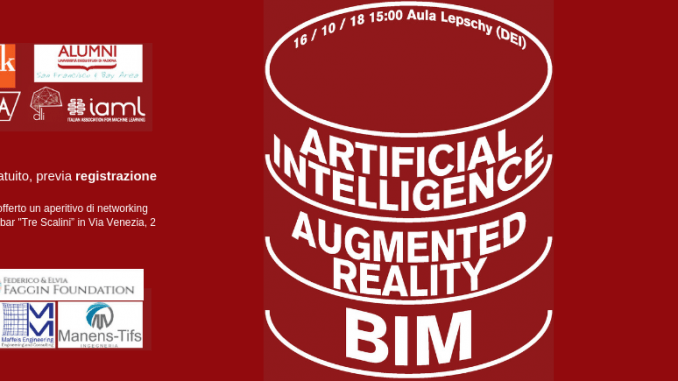Oggi solo nel 15% dei casi viene eseguita la rianimazione prima dell’arrivo dei soccorsi. Se la percentuale aumentasse al 50/60% si potrebbero salvare 100.000 ogni anno.

È per questo che, per la prima volta, da quest’anno il 16 ottobre si celebrerà il “World Restart A Heart Day” cioè il giorno mondiale di sensibilizzazione sul tema dell’arresto cardiaco che vedrà iniziative in tutto il mondo con il patrocinio dell’Organizzazione Mondiale della Salute.
In questa occasione, i ricercatori e i volontari di IRC, Italian Resuscitation Council, saranno all’interno del Parco Archeologico del Colosseo a Roma, dalle 10 alle 17 per informare sulle manovre salvavita con dimostrazioni pratiche e con la novità della realtà virtuale: sarà possibile simulare in 3D e in modo realistico una corretta procedura di rianimazione.
I ricercatori e i volontari di IRC saranno accompagnati dai volontari della Fondazione “Giorgio Castelli”, che ha formato alla rianimazione cardiopolmonare gli addetti del Parco Archeologico del Colosseo a Roma e donato 11 defibrillatori all’intera area. È prevista anche la partecipazione di volontari dell’ANPAS, della Croce Rossa Italiana, di Conacuore e di altre associazioni.
Quello del 16 ottobre, però, è solo uno degli eventi della campagna “VIVA! la settimana per la rianimazione cardiopolmonare”. Durante la settimana che quest’anno è dal 15 al 21 ottobre, saranno organizzati incontri e dimostrazioni pratiche in tutta Italia.
«Vogliamo anche quest’anno attrarre l’attenzione per spiegare come alcune semplici azioni, eseguibili da chiunque, possono salvare la vita di chi è colpito da arresto cardiaco. Per questo la nostra associazione è molto impegnata nella formazione e nella divulgazione: solo nell’ultimo anno abbiamo realizzato oltre 10.000 corsi di formazione rivolti a quasi 130.000 partecipanti tra operatori sanitari e persone comuni con particolare attenzione al mondo della scuola», dice Andrea Scapigliati, presidente di Italian Resuscitation Council e dirigente medico dell’Unità operativa di cardioanestesia e terapia intensiva cardiochirurgica della Fondazione Policlinico Universitario A. Gemelli.
«VIVA! rappresenta un’ottima occasione di sensibilizzazione per la popolazione nei confronti della cultura del primo soccorso e delle buone pratiche di rianimazione, cultura di vita e di attenzione ai bisogni primari del prossimo», aggiunge Vincenzo Castelli, presidente della Fondazione Giorgio Castelli onlus e dirigente medico della Unità di Medicina interna dell’Ospedale Vannini di Roma.
Per favorire la diffusione delle manovre salvavita, cioè il massaggio cardiaco, le ventilazioni di soccorso e la defibrillazione precoce, IRC ha creato un nuovo strumento che utilizza la realtà virtuale indirizzato non solo agli operatori sanitari ma anche alla gente comune e agli alunni delle scuole. Indossando il caschetto della realtà virtuale è possibile infatti simulare un primo soccorso su una vittima di arresto cardiaco.
Per favorire l’insegnamento nella scuola, IRC, ha inoltre ormai consolidato l’applicazione per cellulari “Un picnic mozzafiato” dedicato ai bambini della scuola primaria.
L’elenco delle iniziative della settimana VIVA! è disponibile sul sito dedicato all’iniziativa.
fonte: http://www.healthdesk.it/cronache/divulgazione-realt-virtuale-diffondere-rianimazione-cardiopolmonare




